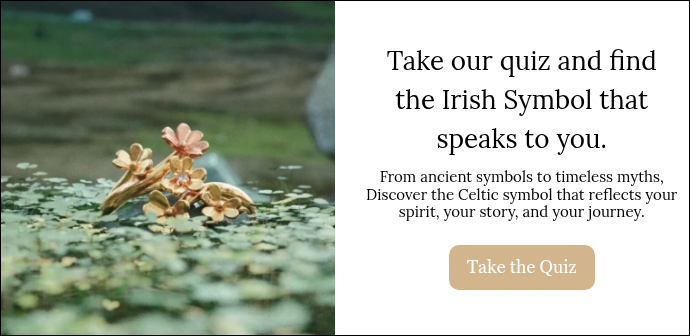Ireland’s rich cultural tapestry is woven with symbols and Christianity that resonate far beyond its borders. Among the most iconic are the Shamrock and Saint Patrick — two emblems deeply intertwined with Irish identity, heritage, and pride. More than just symbols of celebration on March 17th, they hold deep historical, spiritual, and national significance for the Irish people, both at home and around the world.
The Shamrock: A Small Plant with a Powerful Legacy
The humble shamrock, with its three delicate leaves, is one of the most recognised and cherished emblems of Ireland. Its name comes from the Irish word “seamróg”, meaning “little clover,” and it has long been associated with good fortune, renewal, and the sacred number three in Celtic tradition.
Long before the arrival of Christianity, the Celts revered the number three as a powerful spiritual number, symbolising elements like land, sea, and sky, or birth, life, and death. The shamrock, with its natural triad of leaves, became a visual representation of this ancient belief.

However, it was Saint Patrick, Ireland’s patron saint, who elevated the shamrock to national significance. According to legend, Patrick used the three-leafed plant to explain the Christian concept of the Holy Trinity — the Father, the Son, and the Holy Spirit — during his missionary work in Ireland in the 5th century. This simple but powerful metaphor helped convert Irish people to Christianity and rooted the shamrock deeply in Irish religious and cultural identity.
Today, the shamrock is proudly worn on Saint Patrick’s Day and continues to symbolise Irish unity, resilience, and pride.
Check out our Love Shamrock Collection.
Saint Patrick: A Shepherd of Faith and Nationhood
Saint Patrick is much more than a historical figure — he is a cultural cornerstone. Born in Britain in the late 4th century, he was kidnapped by Irish raiders and brought to Ireland as a slave. After six years in captivity, Patrick escaped, returned to his family, and later felt a divine calling to return to Ireland as a Christian missionary.

His life story is one of transformation, faith, and forgiveness. Patrick’s mission was not only to spread Christianity but also to connect with the Irish people on a spiritual and cultural level. He respected their traditions, repurposed their symbols (like the shamrock), and led a peaceful path to religious conversion.
Over time, Patrick’s story became entwined with Irish national identity. He is celebrated not just as a religious figure but as a symbol of Irish endurance, independence, and spiritual strength. The annual celebration of Saint Patrick’s Day — now a global phenomenon — began as a religious feast day but has grown into a proud expression of Irish culture and heritage.
A Living Legacy
Together, the shamrock and Saint Patrick represent the heart of Irish identity — a fusion of ancient wisdom, Christian faith, and enduring spirit. Whether worn as a piece of jewellery, embroidered on a crest, or proudly pinned to a lapel on March 17th, the shamrock connects millions of people to the story of Ireland — a story of belief, belonging, and beauty.

To wear it is to carry Ireland with you.
Behind every piece is a story…
What will yours be?





